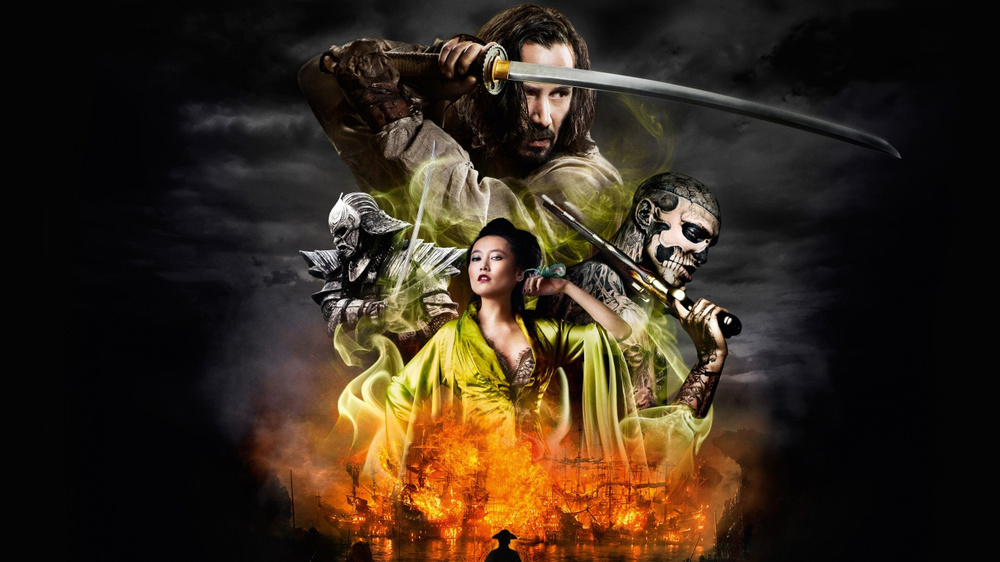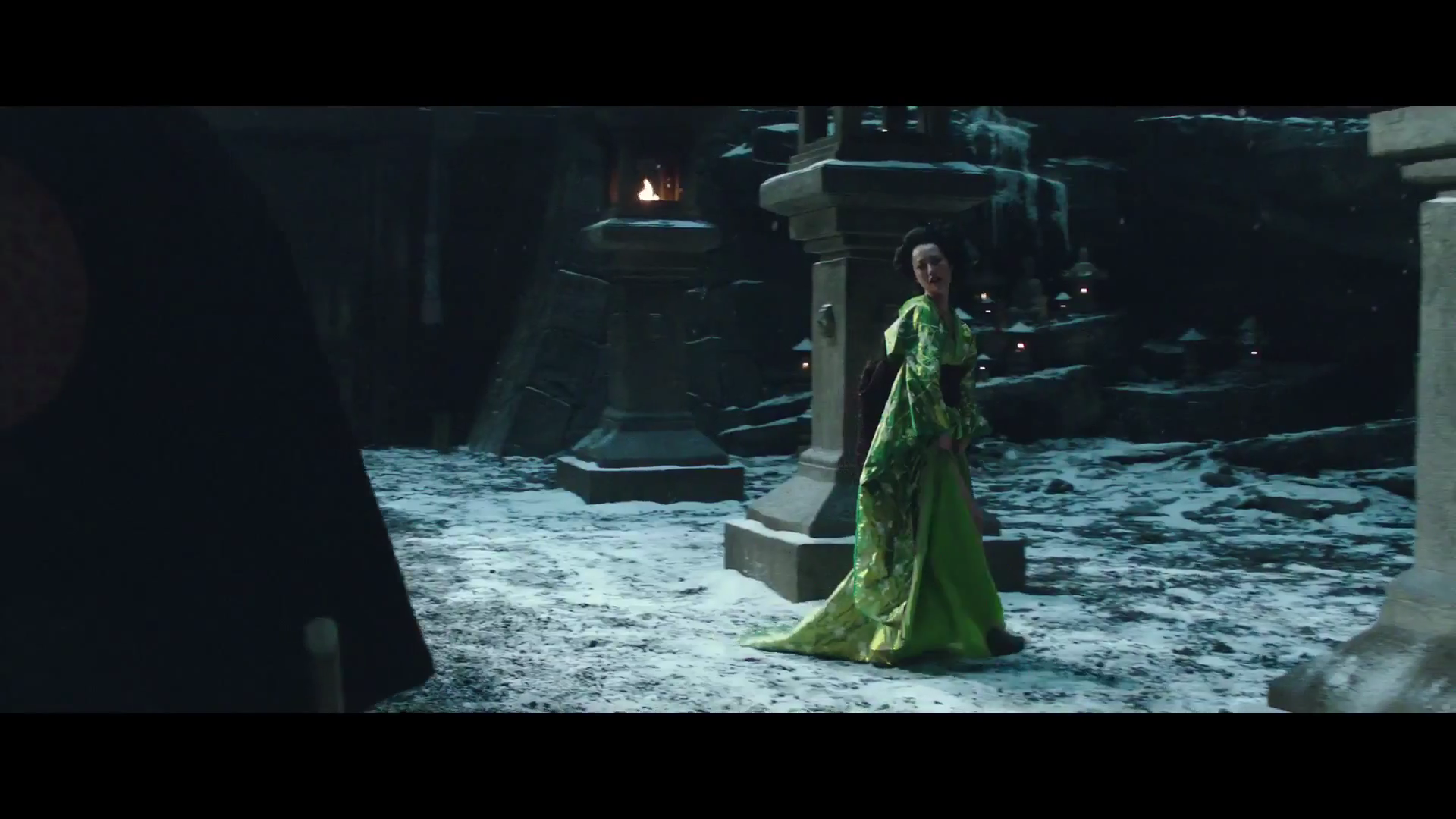I've been watching trailers, costume featurette and images of the new 47 ronin movie with Keanu Reeves and I feel personally that even though the kimono for men is rather nice, the kimono for women is like a nail on a blackboard. So, after a long silence on my blog, I felt like I should write something about period clothing during that time.
47 ronin is a story that starts in the 18th century, or 1702, which is nearly the middle of Edo period (Tokugawa shogunate). It's the Golden Age of the Floating Worlds as merchants are becoming richer and money flows to the bordelles. Courtesans are becoming the Divas of the Day, the fashion icons that the ladies of the town are imitating. Ladies of court and nobility cling to old principles of dress. Women's clothing refomation happened in 1722.
Let's have a look at the movie costumes shall we?
What I can see is very nice, off-the-shoulders dress with elizabethan sleeves and something that might be considered a waist cincer rather than actual obi, as it accentuates the shape of the waist and the pelvis. Also, the skirtlike hem is more chinese hanfu/ korean hanbok than Edo period kimono. Also, I'm a bit offended by the colored collar on the right. It was popular during mid-Edo period to wear black collar on your kimono so oil-stains from your hair would not show. Yellow kihachiyo collars could have been seen nearer 1900's on Tokyo's modern youth with Gibson Girl hairdo's.
I feel like that collar is offending me on a personal level. I mean what is it doing in a kimono? I can relate it to the collar worn by high government officials, warriors in court dress etc. but highly exaggerated. I don't think I've ever seen a woman wear such a garment, only men. Also, I keep wondering if the collars we see of the costume underneath are of a juban, or another kimono. If it's another kimono, all I can ask is, where the bloody hell are your undergarments!?
There's also no opening in the back of those sleeves. But during 1702, there was no hanging sleeves. Sleeve's detached themselves from the sides of the kosode somewhere around 1770, which was the final kickstart for the obi to expand to it's full glory.
Also, the musubi in the last image resembles the fukura suzume musubi except that the end is left hanging. I'd like to point out that during this time period, the obi is still barely over 6 inches wide. Women's obi in 1730 was about 10 inches and by 1800's it's widened to the foot wide obi we know today. But back to the topic. Obi was floppy and the knots were floppy. Why? Because most of the known helps for tying the obi today didn't exist! Meaning that tying the fukura suzume in 1702 was more or less impossible. Also the obi in the picture is clearly wider than 6 inches.
This would have been closer to the style of the day:
As you see, the obi is a loose knot, the sleeves are still relatively small, but the hem of the kimono needs to be hiked up for walking. The dressing is done in layers, you can spot atleast 3 layers on the bottom right image.
I seriously hope this scene was flipped for the featurette or then the people are The Walking Dead. I keep wondering if the costume of Mika is supposed to resemble the junihitoe which was the official dress for ladies of the court. There's some sleeve similarities, but I am not even going to talk about the collar.
Ladies in the background are wearing dildos on their heads.
I'm not saying it's not accurate. There was this sort of hairstyle in the history. And they actually did do some research on courtesans (WHOA), because this was the hairstyle used by courtesans during Muromachi period. Also the ladies seem to be wearing something that looks like men's kataginu on top of their kimono. And again with the long sleeves.... Obis atleast are more period accurate.
Need I even start with this? First of all there's the cleavage. Until westernazation the japanese did not consider the cleavage worth the erotic symbol it's in the west. "You got boobs, so what?". What was erotic in Japan those days was the back of the neck, the underside of the wrist and the peak of naked toes under the many layers of a courtesans kimonos. Not boobs. And I'm sure brassiere was not invented until 1900's after the decline of the corset. I could also say something about those medieval princess sleeves you can easilly spot on the top image.
Also the kimono in the lower image resembles more hanfu, with the flowing skirt hem, than an actual kimono of the feodal Japan. Which is a shame because the men's costumes look so nice. There's probably mistakes on those too, but I was practicly blinded by the shock from the ladies kimonos.
I shall end my rant now.










Ei kommentteja:
Lähetä kommentti